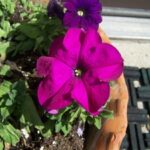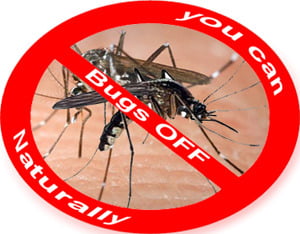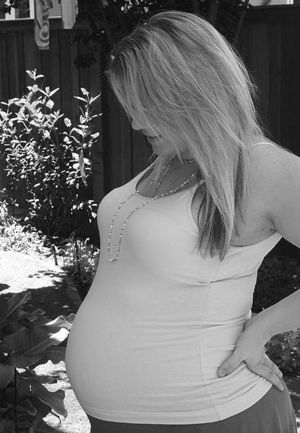Even where large gardens were once grown, a smaller garden close to the house called the kitchen garden was popular. This kitchen garden is the type most suitable for the small backyard.
Growing a garden in a small space requires more careful planning and fulfilling conditions not too critical in the large garden. One important consideration for the small garden is plant height. Where space must be conserved, recommended spacing is often reduced, and heights must be considered in locating the vegetables. Shading can be helpful or harmful, depending on how the crops are positioned, as well as what crops are grown.
For example, early, cool season crops such as lettuce may benefit from some afternoon shade of taller plants later in the spring and early summer. Therefore, the shade of corn or staked tomatoes may help extend the harvest period of cool season crops. On the other hand, cucumbers or peppers in the same location could have their production reduced by the extra shade. If rows run east west, plant tall crops at the north side of the garden for minimum shading.
In the limited garden, crops must be selected carefully for those that are the most productive in a small space. Likes of the family, however, should not be totally ignored. Early season vegetables best suited to the small garden include lettuce, radishes, spinach and onions. Summer crops suitable for limited space include tomatoes, peppers, snap beans and a few bush type squash.
Cucumbers are a favorite of many gardeners, and they can be grown in fairly limited space as a trellis or on hoops of wire fencing. Such speciality crops as broccoli, cauliflower, okra, corn, eggplant, peas, lima beans, sweet potatoes and white potatoes need more space and are not well suited to crowding in the small garden.
Light is very important in the small garden. Five to six or more hours of full sunlight each day are necessary. Some leafy vegetables can tolerate a little shade, but generally most vegetables produce best crops in full sunlight. Water is also quite important in the small garden. Plants spaced close together have an intense competition for water.
Have a convenient source of water available, and do not locate the garden close to large trees or shrubs that would also compete for water. Interplanting and succession planting are two techniques very useful for the small garden. Interplanting refers to the practice of adding vegetable plants or seeds to the space where a crop is still growing. As the earlier crop matures, the second crop becomes established.
As spring crops such as lettuce, radishes, or onions are maturing, a crop of snap beans might be seeded between the rows. Several weeks of extra use can thereby be gained in the same space without crops crowding each other. As the second crop becomes large, the first one can be removed.
Succession planting refers to the practice of removing a crop and promptly planting another in the vacated space. This is most useful for starting a fall garden as portions of the garden are vacated in midsummer. Beans, lettuce and trunips might be used as a succession planting for a fall harvest.
Vegetable Garden, Vegetable Gardening: From Planting to Picking by Fern Marshall Bradley







